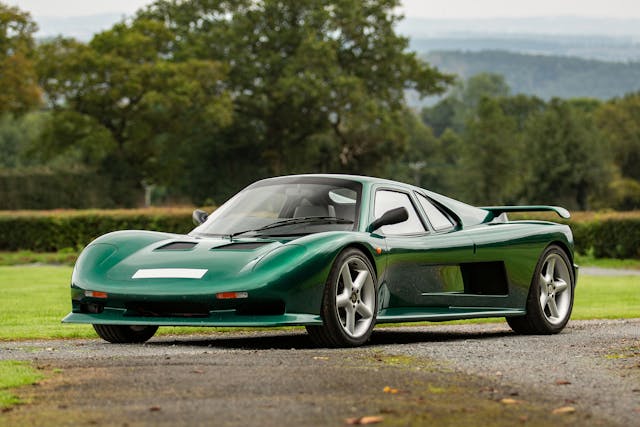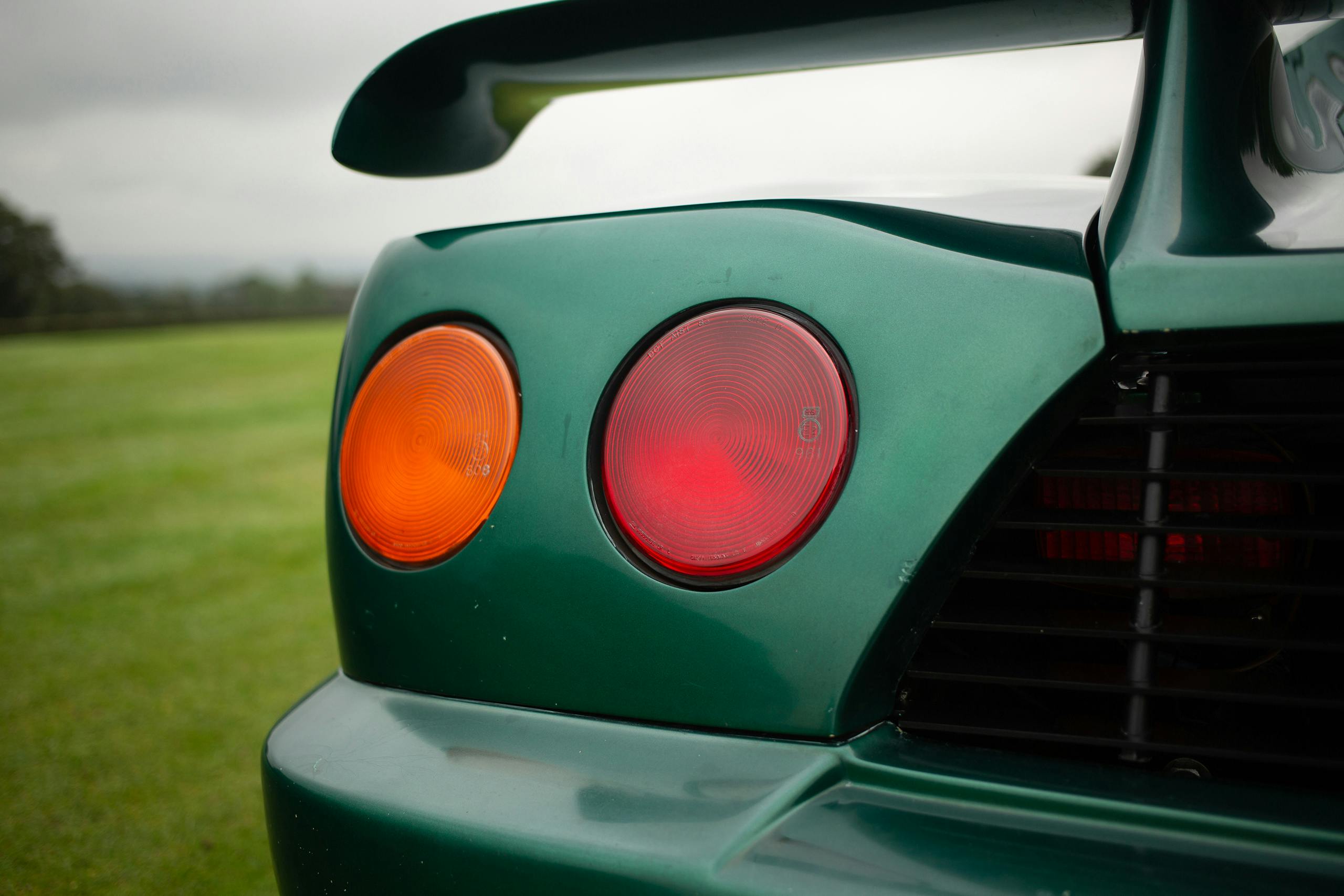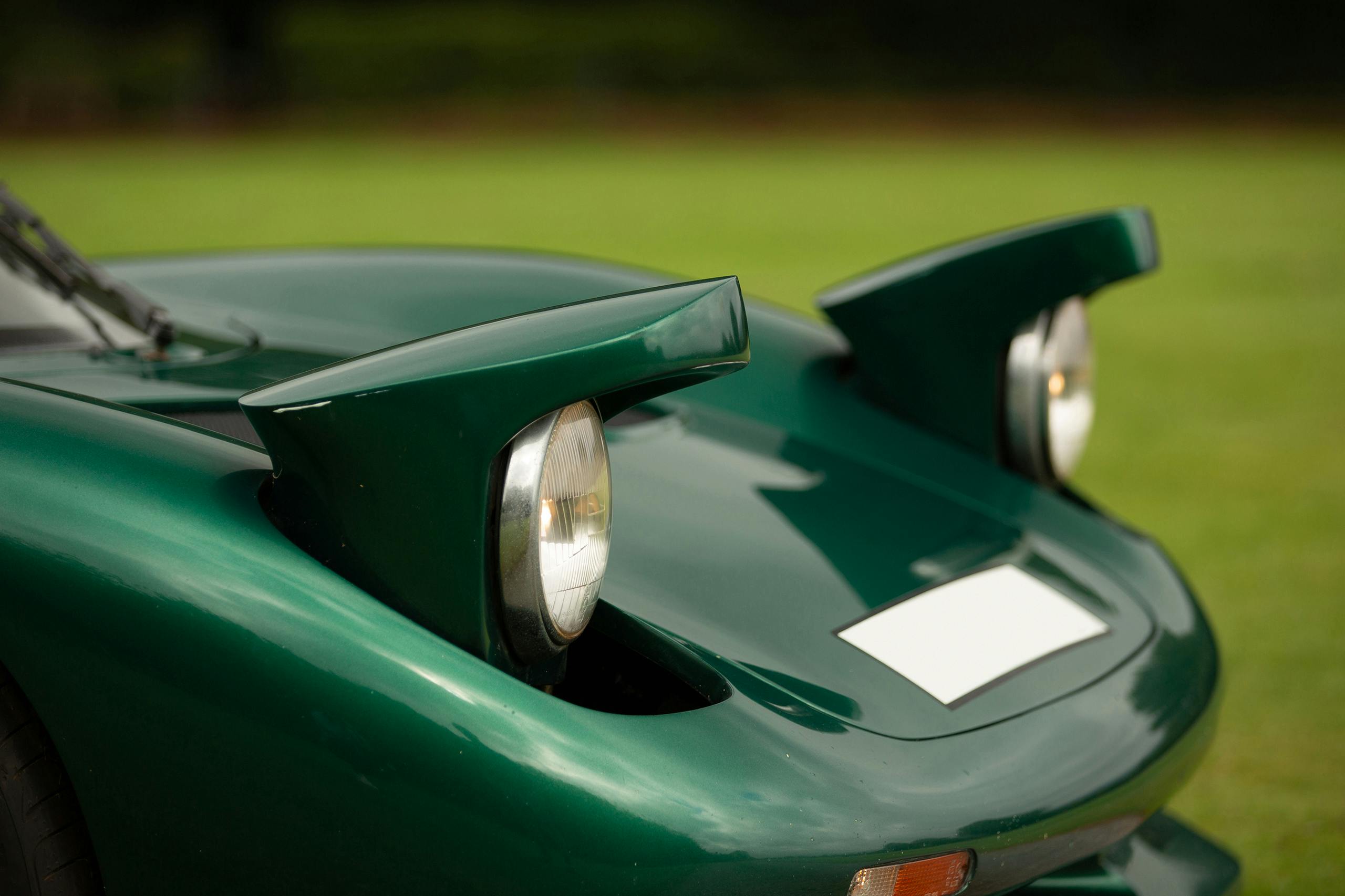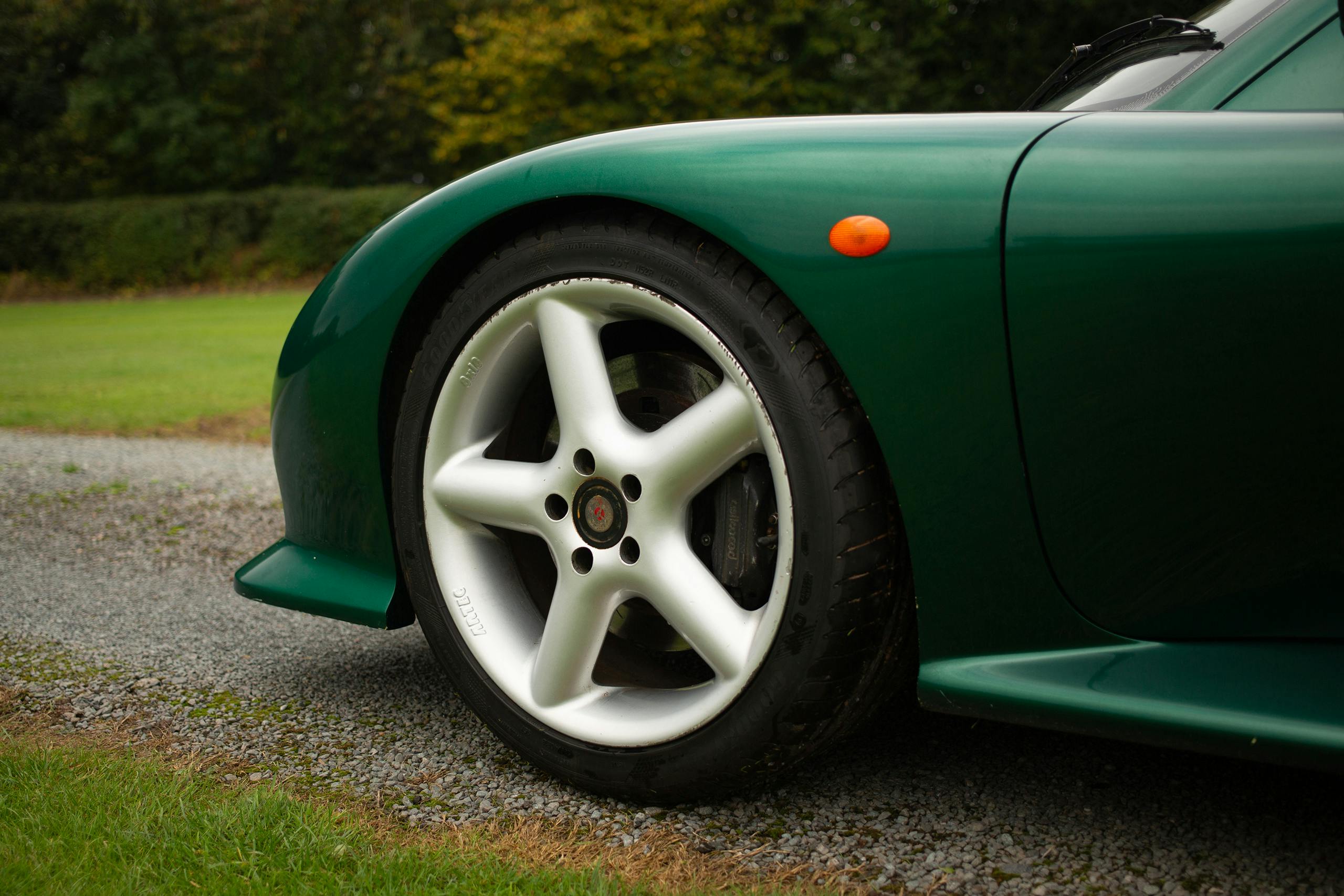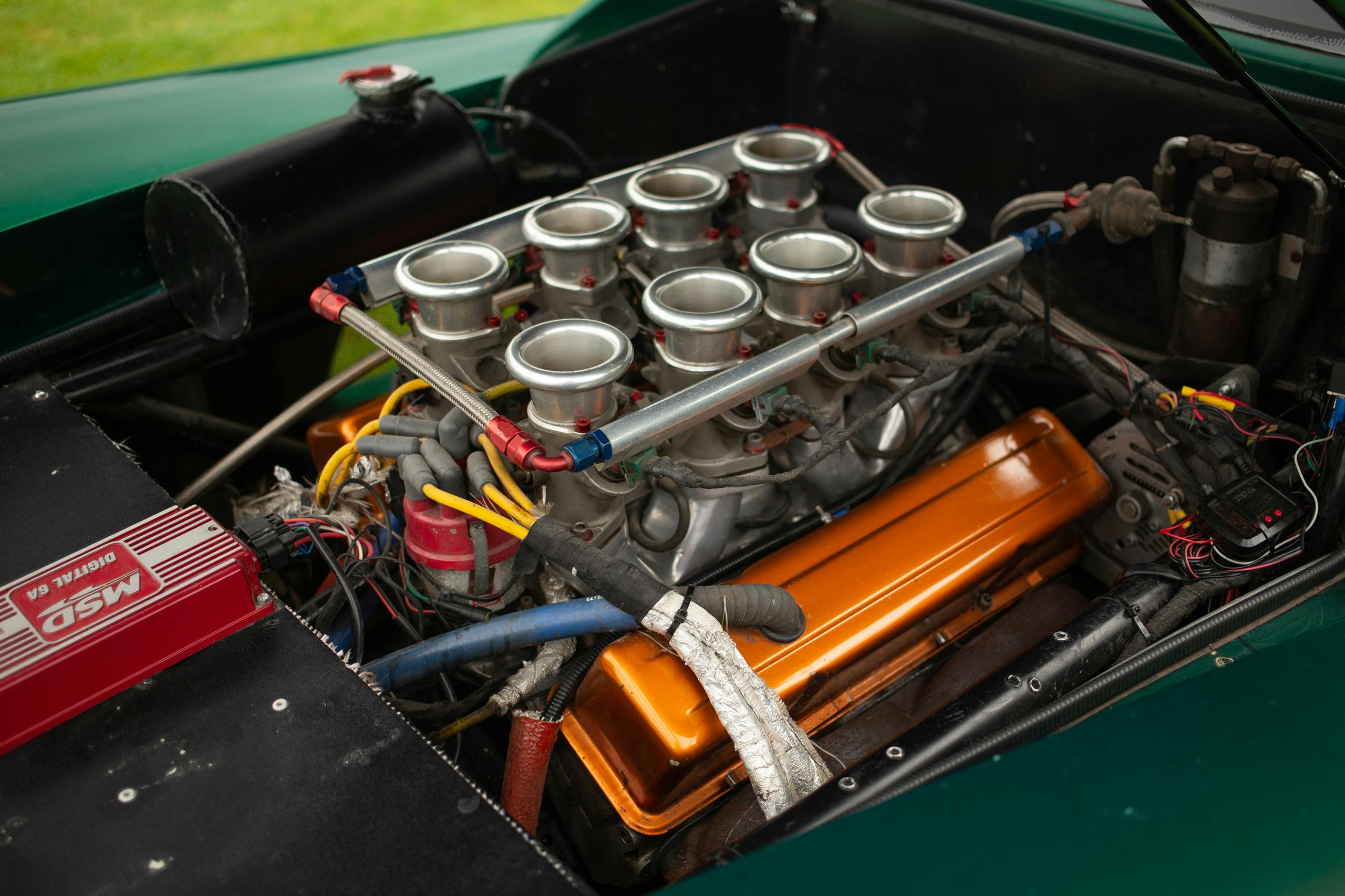This 1993 Ascari FGT Prototype proves that deals are still out there
Feel as though you completely missed the collector car boat? Hey, you and us both, pal. Watching cars once considered unsellable turds change hands for six-figure sums at public auction stings like a flung lugnut to the nose. Depending on what your preferred automotive poison is, it’s likely not going to get any better, either. Still, RM Sotheby’s recent London sale demonstrates that if you do your research, plan ahead, and maybe get a little lucky, you stand a chance to walk away with a mid-engine V-8 prototype supercar for less than $30,000. Let’s take a look.
Our initial glimpse of RM Sotheby’s completed $26,217 (£19,550) sale result of this 1993 Ascari FGT prototype had us convinced it was a typo. We didn’t know what to make of this price at first, as scraping any reference sales and market history for comparison proved daunting; the ensuing semi-production Ascari Ecosse that directly followed this one-off FGT spawned just 17 units between 1997 and 2002.
That said, it’s safe to say this result is a screaming deal. A black-over-red 1997 Ascari Ecosse failed to sell at RM Sotheby’s 2021 Paris sale, stalling out at $130,000 against the low pre-sale estimate of around $180,000. Even if London’s FGT hit the low end of its pre-sale estimate range of $85,000 to $110,000, this would have been well-bought.

But $26,000? That’s incredible—but not unexplainable. The simplest answer is usually correct, and in this case, we reckon the car rolled in front of the wrong crowd at the wrong time; the FGT was third from last at the end of the auction, meaning most of the big money had already left the room.
The FGT sat in a small-ish sale field of 40 rather conventional collector cars, filled with market mainstays like a Series I Jaguar E-Type, Aston Martin DB4, and a handful of assorted Porsches. A white-on-white Porsche 959, a factory-supported Porsche 934, a LaFerrari finished in dark wine-red, and an unsold Jaguar C-Type served as some of the star cars; a group of inarguably interesting vehicles, but collection in which the FGT is rather incongruous.
Let’s see what the lucky buyer roared off with. Lee Noble—yes, that Noble—masterminded this dark green shard of speed sometime in 1992, pulling experience gleaned from his development of the famous Ultima kit supercar during the prior decade. It’s easy to see the fiberglass, lightweight, mid-engine FGT as the primordial form of his later Noble-branded sports cars, but Dutch entrepreneur and racer Klaas Zwart purchased the design and prototype from Noble in 1995 for his new Ascari Cars venture before Noble developed it further.

Ascari had quite the car on its hands. In contrast to the 4.4-liter BMW V-8 powering the later Ecosse, the Noble crammed a 6.0-liter Chevrolet V-8 and five-speed manual under the Kevlar and fiberglass body of the FGT prototype. The current owner discovered the car moldering in a farm building where it had allegedly sat dormant for 13 years. The new owner worked with Noble himself to resuscitate the supercar, upgrading the fuel system and adding an MSD ECU to eke out 420 hp.
Despite this refresh, the FGT is a few touch-ups away from its first cruise. Aside from extensively chipped original paintwork on the front bumper and delaminating glass, the wheels are scuffed and shod with rubber from 2002. More concerning is the surface pitting on the Wilwood brakes. The new owner will have to invest a bit of coin, but with such a bargain-basement final price, they have enough financial breathing room to fit the moon.
A fascinating car sold for an astonishing price. Want something like this to happen to you? Scrutinize sale dockets for cars that seem out of place when compared to the majority of the field. You’ll find fierce competition when bidding against a 1971 Ford Mustang Mach 1 at Barrett-Jackson, but a clean Citroën DS might be won for significantly less than you might pay at a sale rich with similar European classics. As with real estate, it’s all about location, location, location.
